ظهرت على الإنترنت الصور الأولى في التاريخ للجانب المظلم من القمر، التي التقطها وأرسلها المسبار الصيني “تشانغ آن -4”.
وأشارت بعض وسائل الإعلام إلى أن المسبار، يقوم ببعض التجارب الجيولوجية والاختبارات في مجال زراعة الكائنات الحية في ظروف الجاذبية المنخفضة.
وفي وقت سابق ذكرت الأنباء، أن المركبة الفضائية الصينية “تشانغ آن -4″، قد انطلقت إلى القمر ليلة الـ8 من ديسمبر/ كانون الثاني 2018، وهبطت اليوم بنجاح على الجانب المظلم من سطحه.
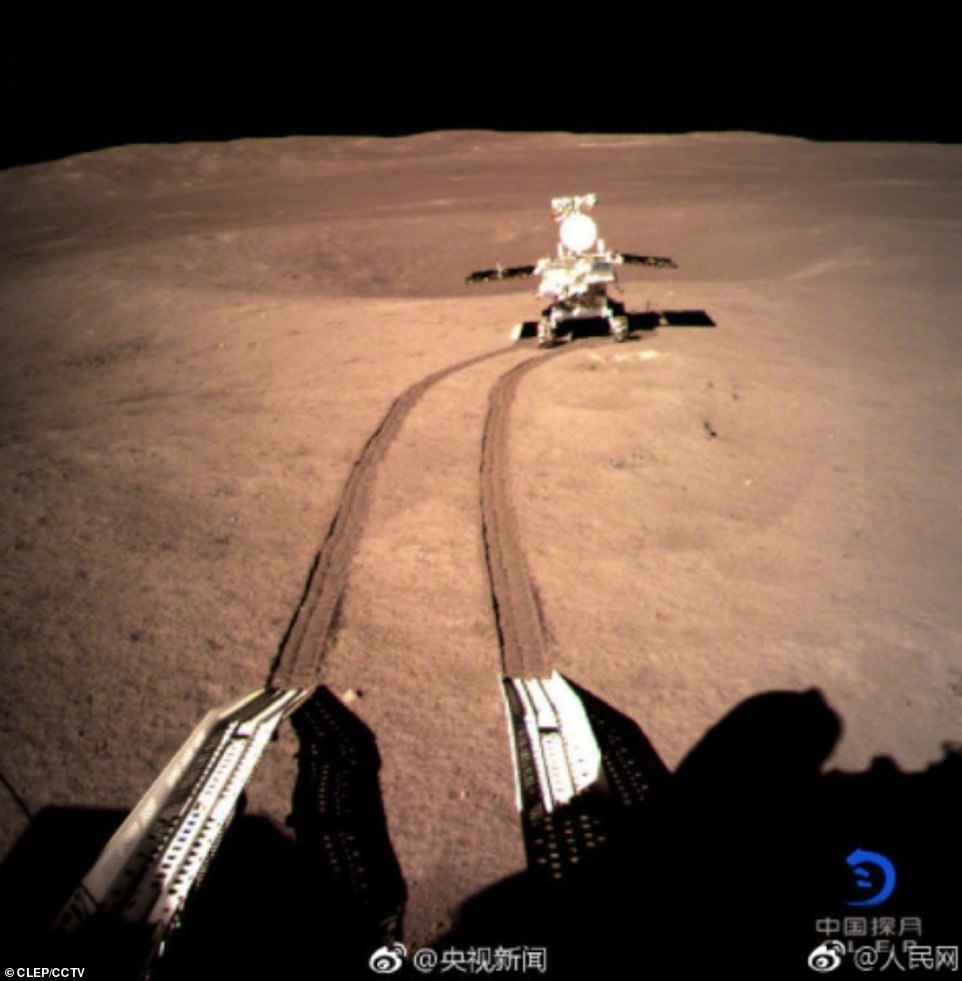

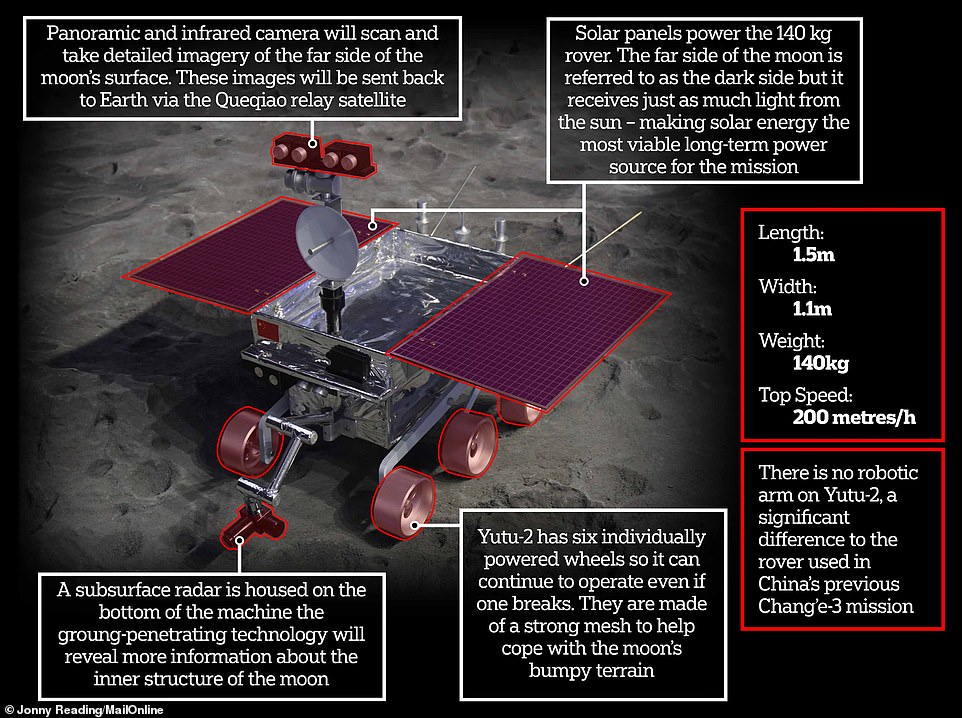


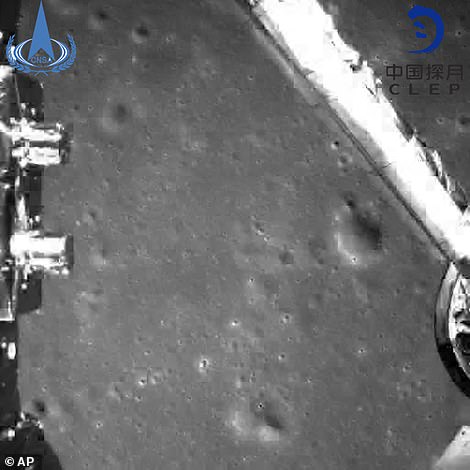
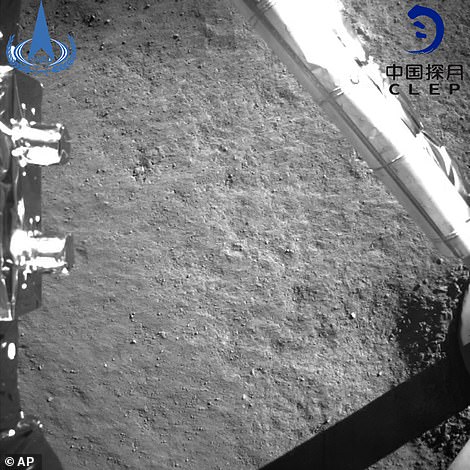
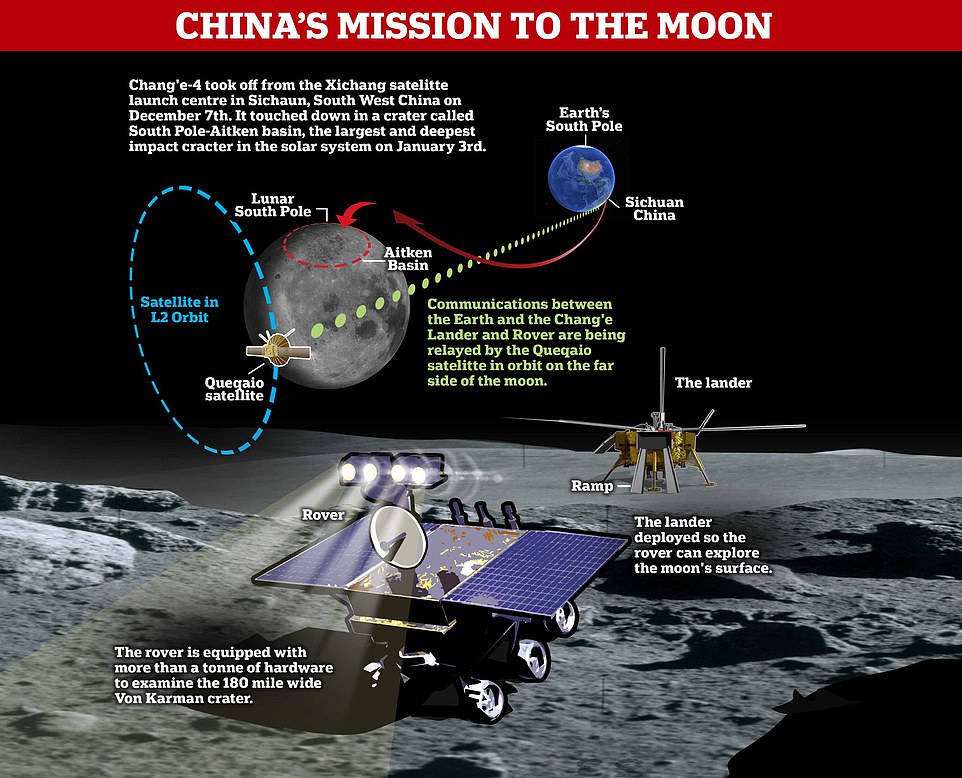
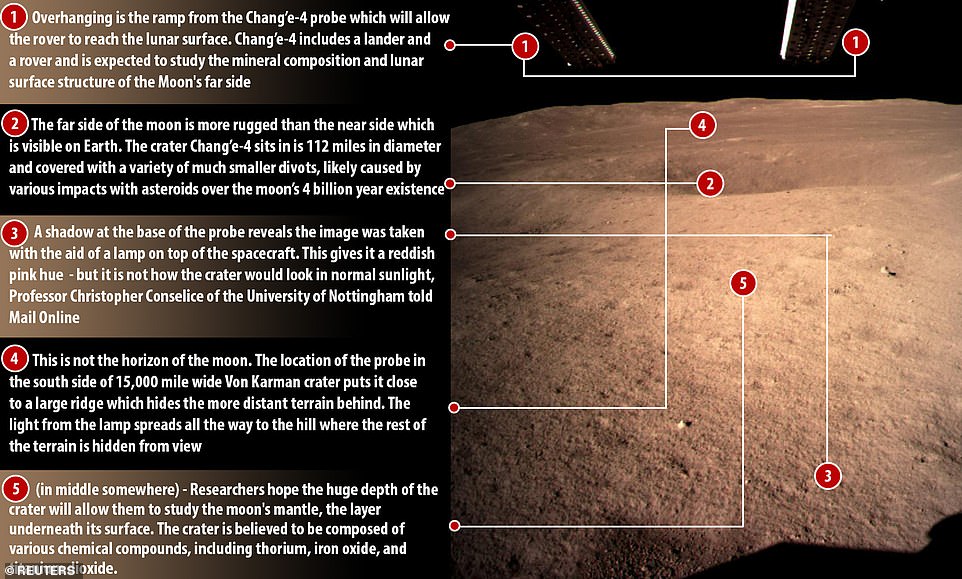

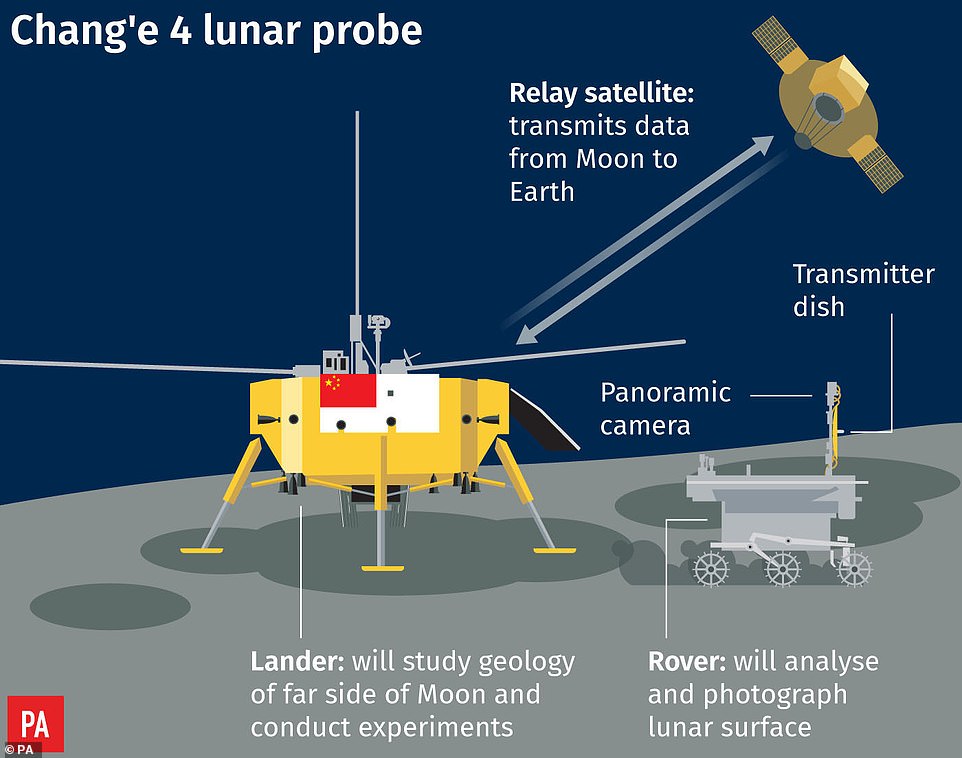
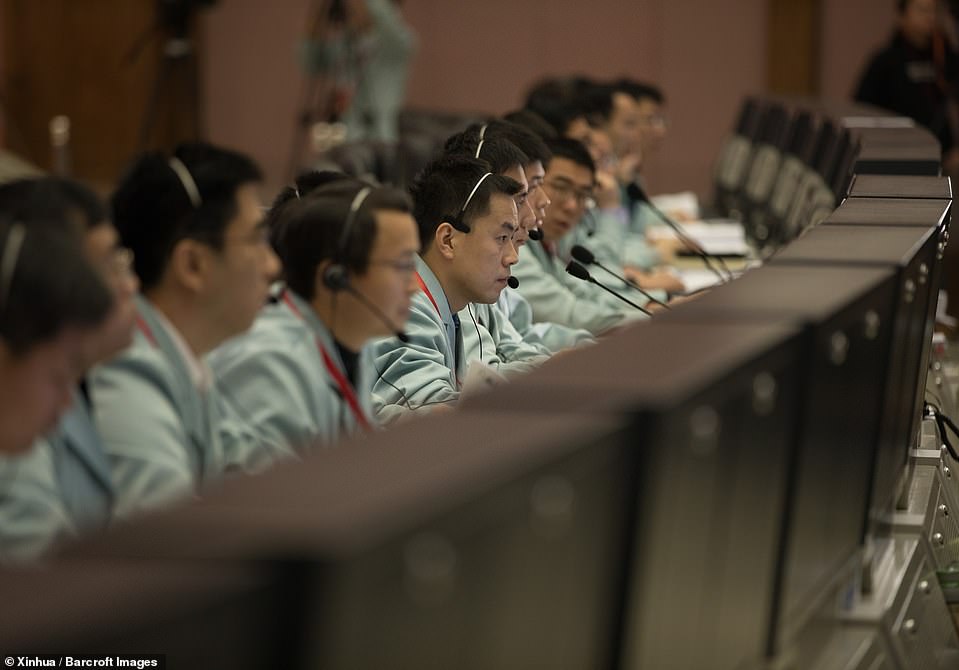

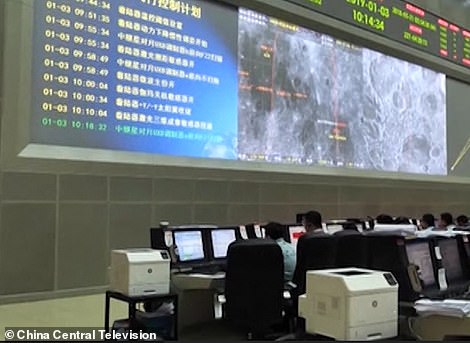
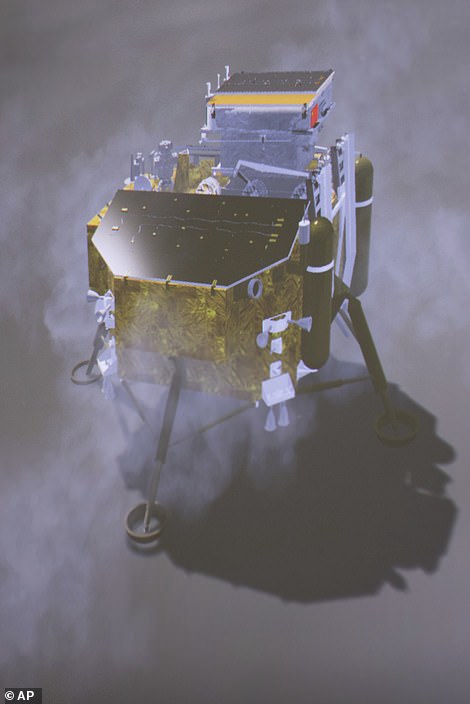
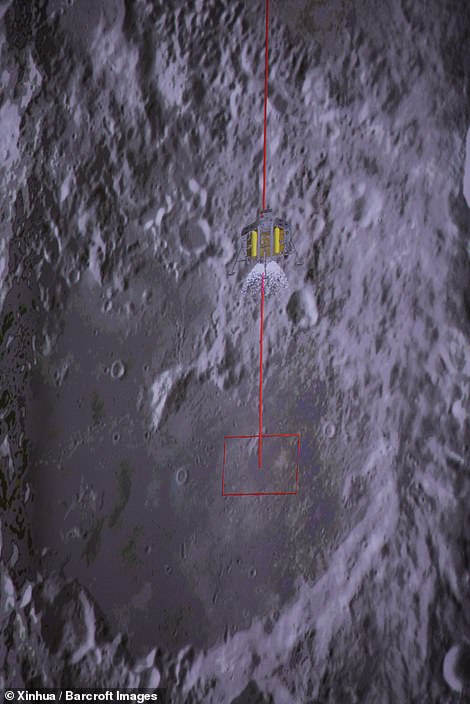
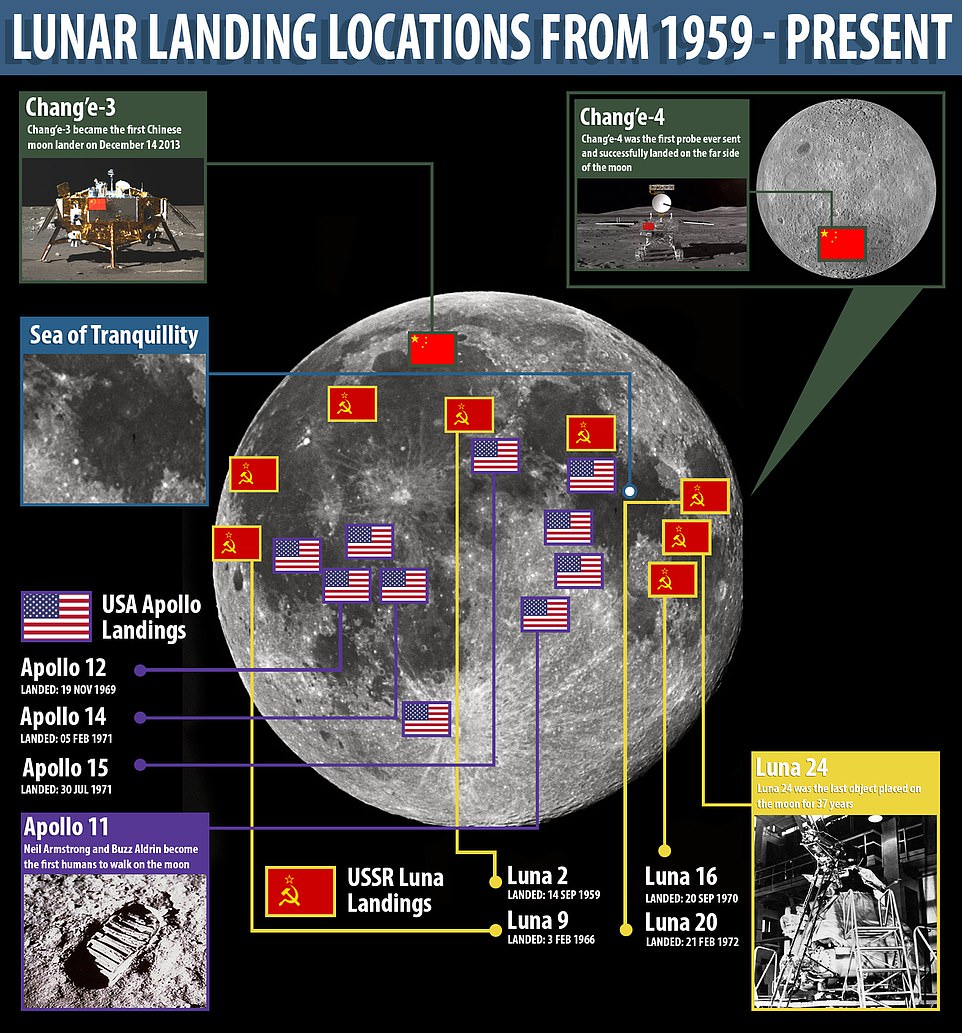
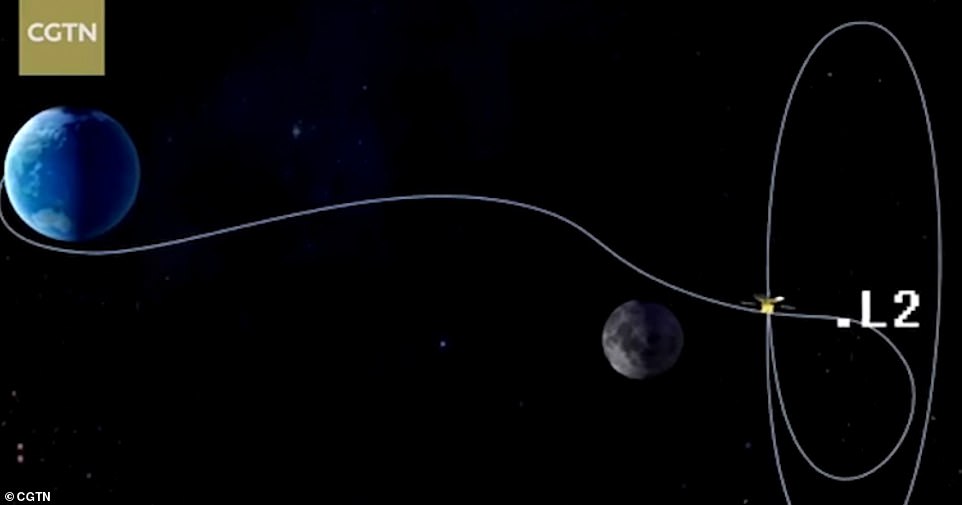
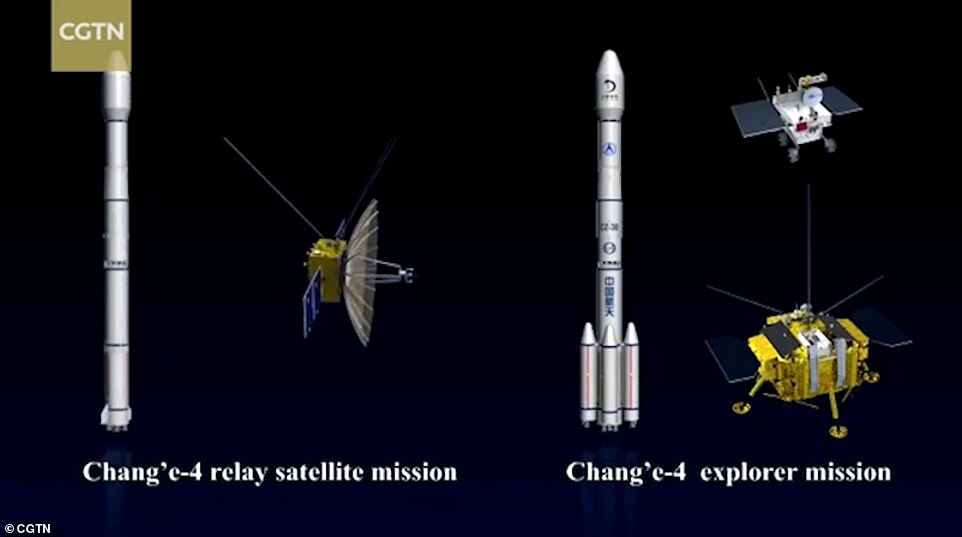
Source: Tamol.om

